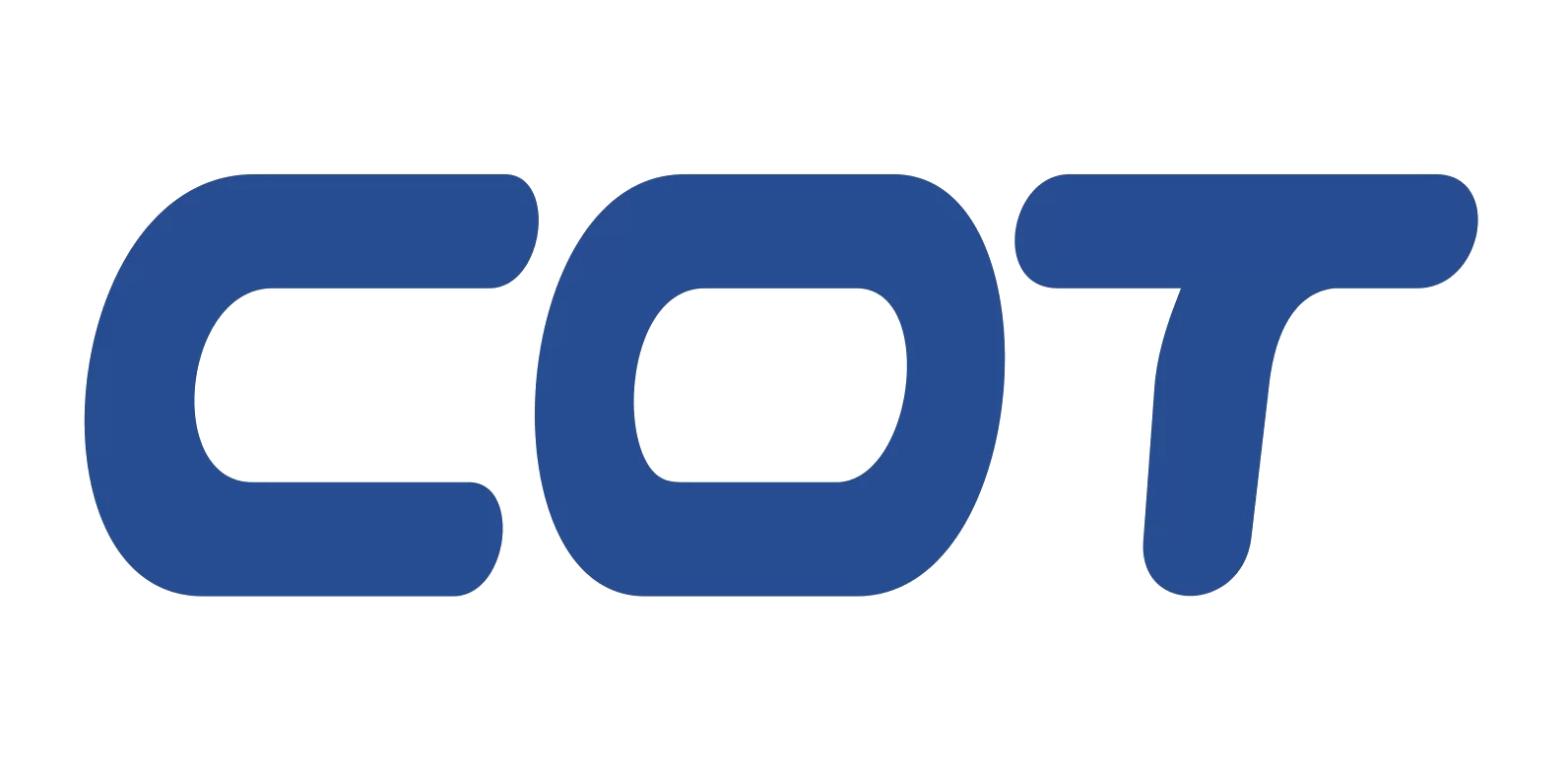| Serial Number | Model | Resistance(mΩ) | TCR(ppm/℃) | Accuracy(%) | Encapsulation |
| 1 | 2512MP05FR001 | 1 | ±100 | ±1 | 2512 |
| 2 | 2512MP05FR002 | 2 | ±50 | ±1 | 2512 |
| 3 | 3921MP08FR001 | 1 | ±50 | ±1 | 3921 |
| 4 | 3921MP06FR002 | 2 | ±50 | ±1 | 3921 |
What are the typical precision requirements for CSR in charging stations?
Accuracy requirements: The measurement accuracy standards for charging stations vary depending on different countries and regions. For example, Chinese national standards stipulate that the accuracy of direct current energy measurement should be ± 0.2%, and the accuracy of alternating current energy measurement should also be ± 0.2%. This means that CSR needs to ensure accurate measurement within this error range.
Ensure accuracy: In order to ensure the accuracy of CSR, charging stations need to be calibrated and tested regularly. This includes using professional testing equipment to simulate the current and voltage during the charging process to verify the accuracy of CSR readings. In addition, the design of charging stations should take into account the minimum energy variable to ensure that even small changes in current can be accurately detected.
- current monitoring
- Overcurrent protection
- Load Balancing
- fault diagnosis
- Accuracy and stability
- User billing
Common Problems of Current Sensing Resistance (CSR) in Charging Stations
What is the role of CSR in charging stations?
CSR is mainly used in charging stations to accurately measure the current passing through the charging cable to ensure the safety and efficiency of the charging process. It is also used to monitor and control charging power, as well as communicate with the Battery Management System (BMS) to ensure that the battery does not overcharge or over discharge.
How to choose a CSR suitable for charging stations?
When choosing CSR, consideration should be given to its rated power, accuracy, temperature coefficient, size, and cost. It is necessary to choose a CSR that can withstand the expected current and voltage, and has sufficient accuracy to ensure accurate current monitoring.
How does CSR affect the safety of charging stations?
CSR helps prevent overcurrent situations by monitoring current, thereby reducing the risk of overheating or damage to charging stations and electric vehicle batteries. This is an important component of the safety design of charging stations.
What should be noted for the maintenance of CSR in charging stations?
When maintaining CSR, its electrical performance and physical condition should be regularly checked, including resistance value, connection stability, and packaging integrity. When used in extreme temperatures or harsh environments, special attention should be paid to its thermal management and heat dissipation.
technical specifications
The technical specifications of the charging station usually provide detailed specifications of the product's performance indicators, including the measurement range of current and voltage, accuracy level, and specific requirements for the metering module. These specifications help ensure the measurement accuracy of charging stations in practical use.
Maintenance and calibration
The maintenance and calibration of charging stations are important steps to ensure the long-term accuracy of CSR. This includes regular inspections and adjustments of charging stations, as well as replacing CSR as necessary to ensure their continuous provision of accurate measurement results.
What is the typical precision requirement for CSR in charging stations?
- The measurement accuracy standards for charging stations vary depending on different countries and regions. For example, Chinese national standards stipulate that the accuracy of direct current energy measurement should be ± 0.2%, and the accuracy of alternating current energy measurement should also be ± 0.2%. This means that CSR needs to ensure accurate measurement within this error range.
What are the considerations for CSR in design?
Factors to consider during design include resistance value, power rating, temperature coefficient, packaging size, and cost. Low resistance values can reduce power loss, but may require more precise amplifiers. In addition, resistors with low temperature coefficients can provide more stable measurements, but the cost may be higher.
How to ensure the accuracy of CSR in charging stations?
To ensure the accuracy of CSR, charging stations need to be calibrated and tested regularly. This includes using professional testing equipment to simulate the current and voltage during the charging process to verify the accuracy of CSR readings. In addition, the design of charging stations should take into account the minimum energy variable to ensure that even small changes in current can be accurately detected.

